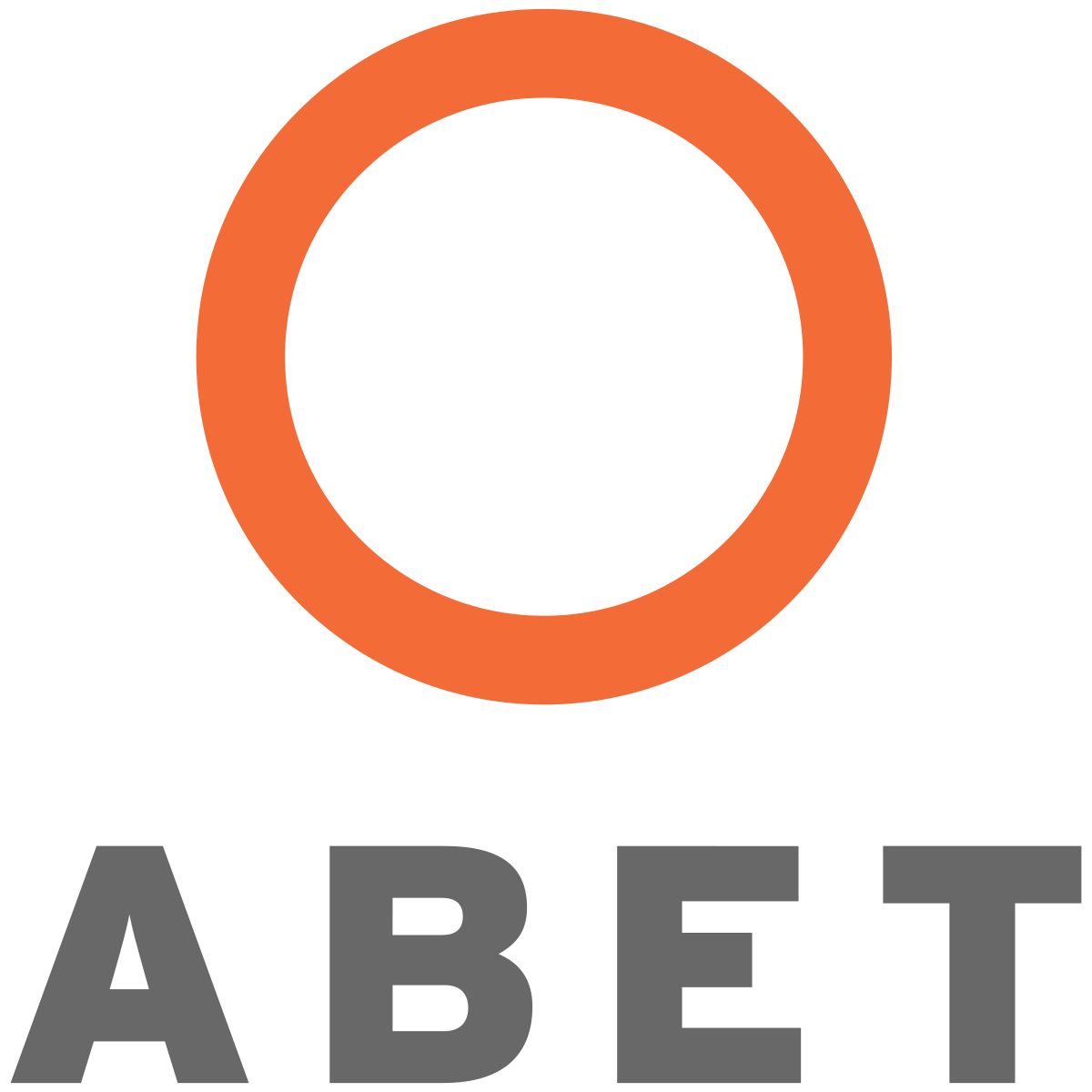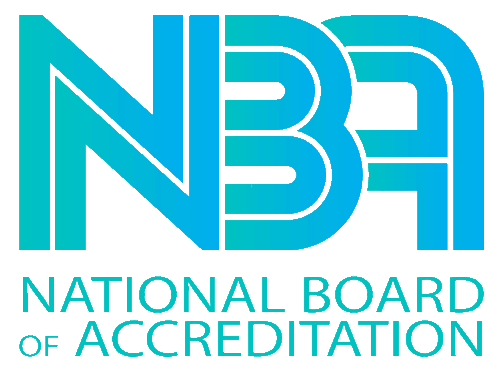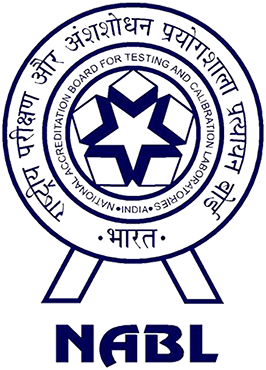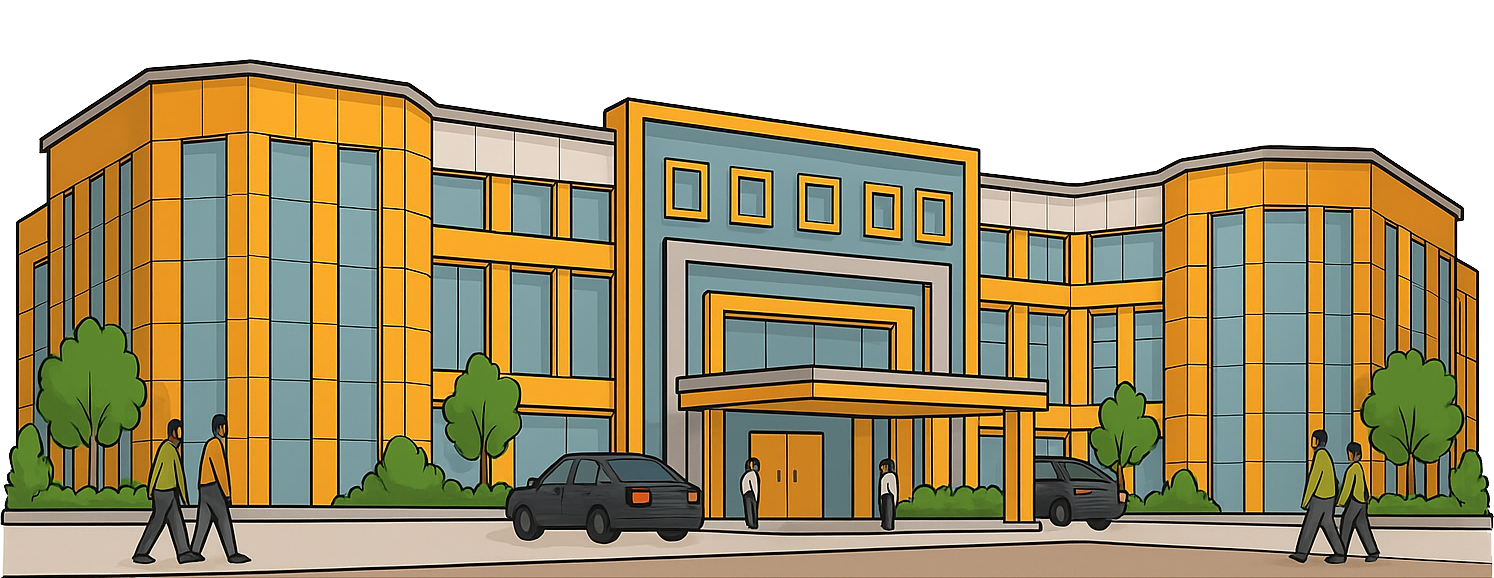
Research
Student Projects
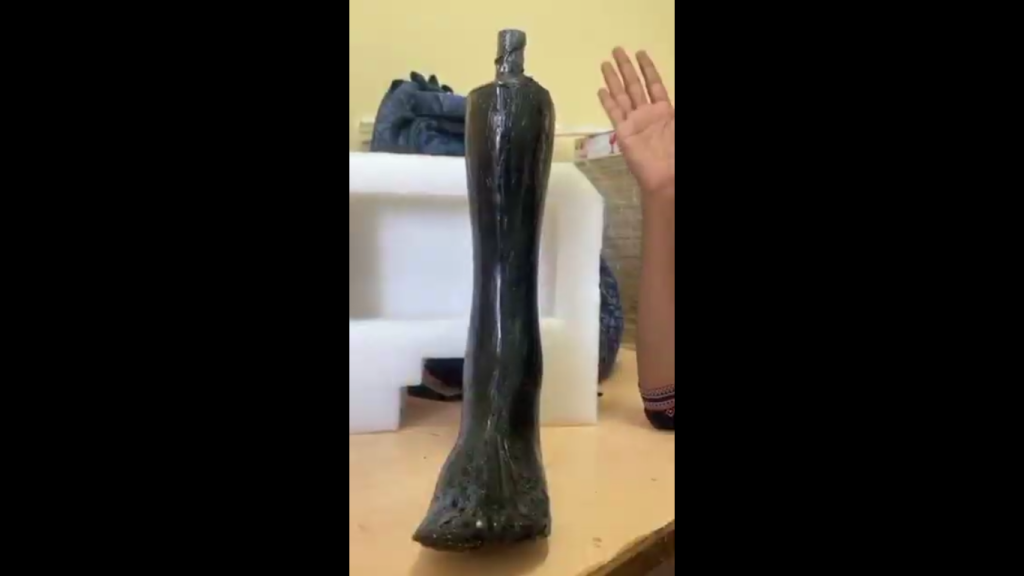
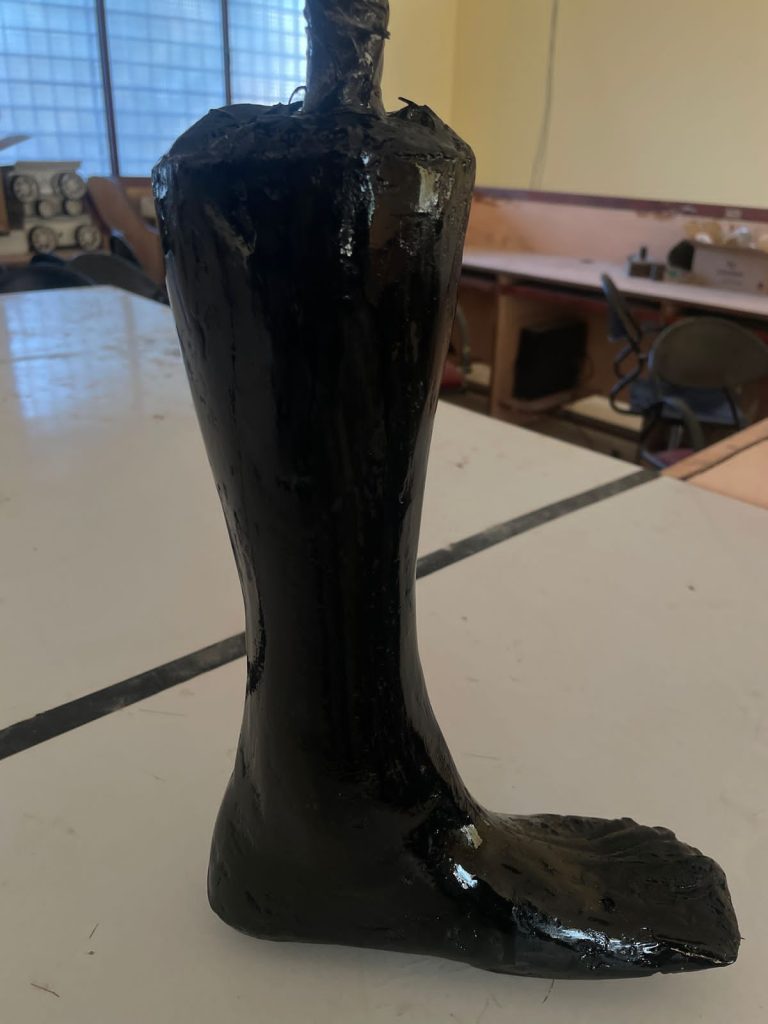
Students Name: Ms. Deepalakshmi D, Ms. Goury Nandana K S, Mr. Krishnaraj R, Mr. Varun A, Ms. Saranya S
This Research explores the design and development of prosthetic limbs and materials that offer a balance of strength, durability, comfort, and light weight. This study introduces a novel approach to prosthetic limb fabrication using a composite structure of carbon fiber and polypropylene (PP) foam. Carbon fiber is used for both the core and outer layers, providing high strength, rigidity, and durability, while the middle layer of PP foam enhances shock absorption and reduces weight, improving comfort for the wearer.
A key innovation in this study is the use of Fiber Reinforced Plastics (FRP) for manufacturing the molds. FRP molds are created at room temperature, eliminating the need for high-temperature processing, which is typically required in traditional molding techniques. This approach simplifies the production process, reduces costs, and ensures precision in the final product. The FRP molds are durable, allowing for consistent production and precise fitment of the prosthetic components. Mechanical testing of the composite structure shows that it can withstand the forces encountered during daily activities such as walking, running, and climbing stairs. The combination of carbon fiber and PP foam, along with the use of FRP molds, results in a prosthetic limb that is both cost-effective and functional. This method provides an optimal balance of strength, comfort, and affordability, offering a viable solution to improve the quality of life for amputees by providing a durable, lightweight, and well-fitting prosthetic limb.
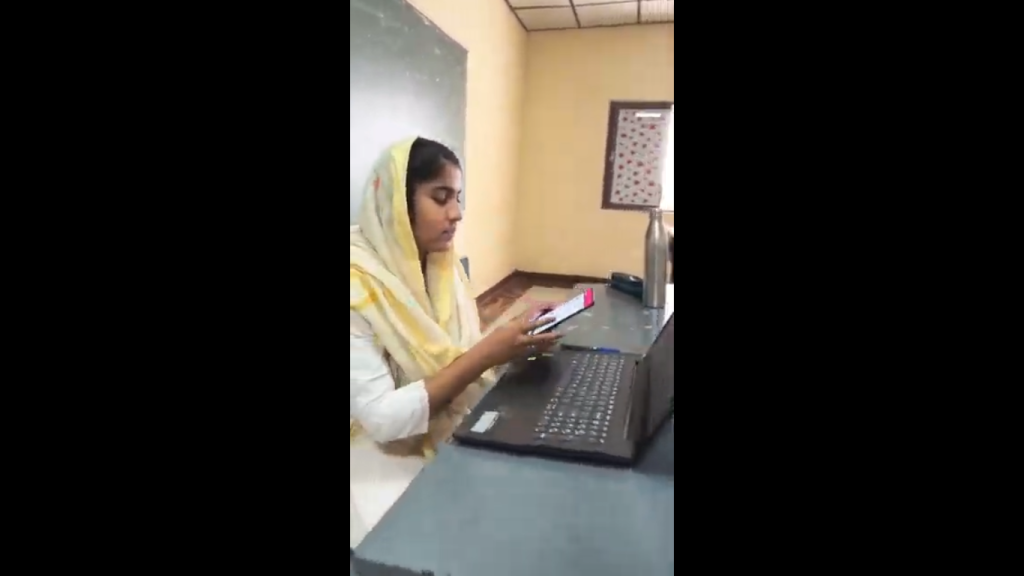
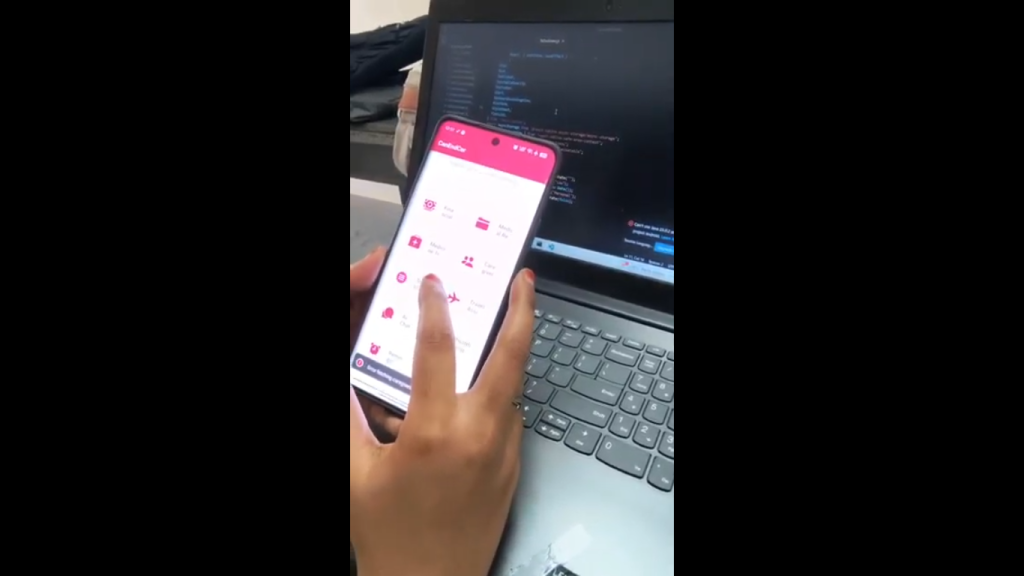
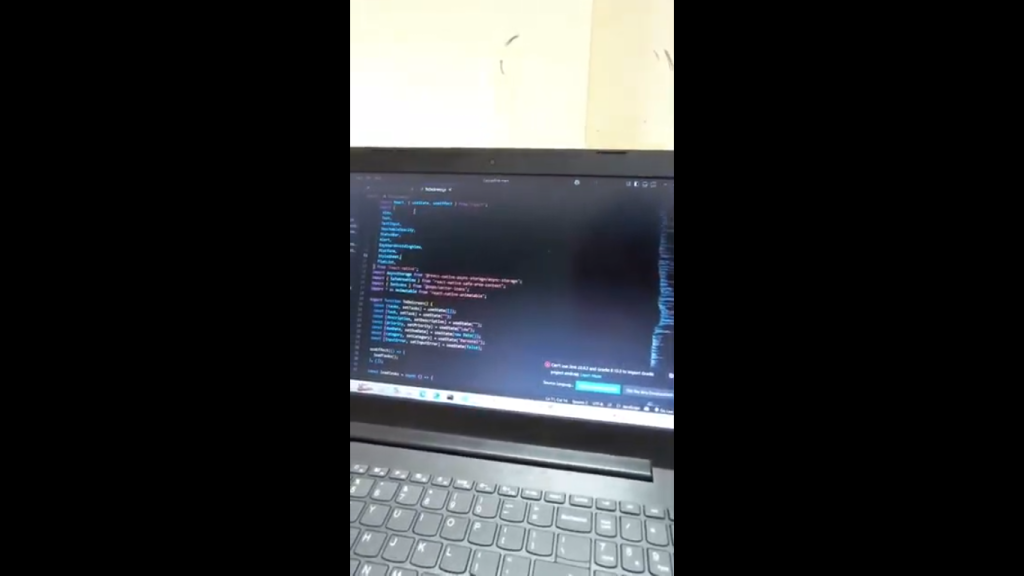
Students Name: Divyasri S , Priyanka H, Rizwana Begum K
An AI-driven mobile application has been developed to support cancer patients and individuals facing medical challenges by integrating health assistance, financial aid, task management, travel options, and personalized AI interactions. Built using React Native for the front end and FastAPI/Node.js for backend processing, the application ensures a seamless and interactive user experience. The Home Page serves as the central hub, offering a responsive navigation menu that connects users to key functionalities, including Financial Assistance, Medical Records, Health Insights, To-Do List, and Travel Assistance. The Financial Assistance module enables patients to apply for financial aid with real-time validation and backend processing. The Medical Records system facilitates secure document upload, viewing, and management using cloud storage or local repositories. For health monitoring, the Health Insights feature integrates with health tracking APIs to display vital metrics such as heart rate, steps, calories, and sleep, presented through interactive charts. Task management is streamlined through the To-Do List, where users can create, edit, and prioritize tasks based on urgency and completion status. Additionally, the Travel Assistance module provides access to discounted travel services for cancer patients, linking users to airline, rail, and bus providers. A key innovation of the application is the AI Chat Assistant, which leverages Natural Language Processing (NLP) to offer personalized health guidance, reminders, and real-time support. The chat-bot continuously improves through machine learning, with future iterations incorporating voice interaction for enhanced accessibility. By integrating AI-driven interactions with real-time data processing, this application enhances patient well-being, improves access to essential resources, and streamlines healthcare management. The technical architecture, implementation strategies, and impact on users are explored, demonstrating its potential as a comprehensive digital health solution.
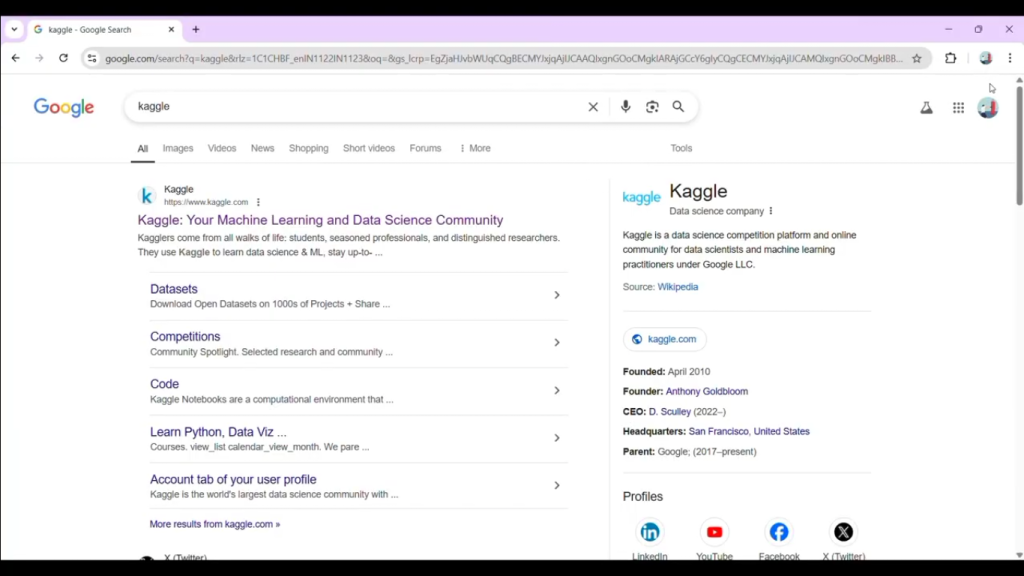
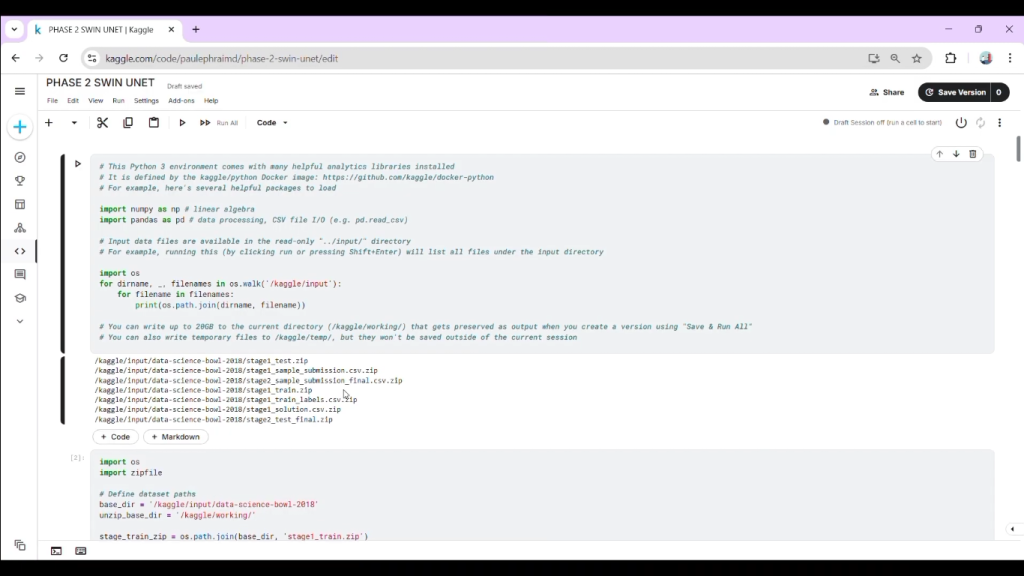


Students Name: Paul Ephraim D, Thirupuasundari E, Janardhanan D
Nucleus segmentation is a critical task in biomedical image analysis, underpinning applications from disease diagnosis to cellular research. Although conventional convolutional neural networks (CNNs) have delivered notable success in this field, their reliance on local receptive fields limits their ability to capture long-range dependencies and complex spatial relationships. In response, we propose an innovative segmentation framework that integrates a self-attention mechanism within a hybrid architecture, termed Swin-UNet. Our model incorporates Swin Transformer blocks into the encoder, leveraging a hierarchical self-attention mechanism to dynamically model both local fine-grained features and global contextual relationships. This self-attention module enables the network to efficiently aggregate information across disparate regions of the image, overcoming the inherent limitations of traditional CNNs in handling spatial intricacies. The effective combination of self-attention and convolutional operations not only enhances feature extraction but also maintains computational efficiency by processing high-resolution inputs with linear complexity.
Trained on a diverse set of microscopy images, the proposed architecture demonstrates robustness under varied imaging conditions and improves segmentation accuracy. Extensive evaluations reveal that Swin-UNet, with its integrated self-attention strategy, outperforms standard CNN-based approaches, making it a promising solution for nucleus segmentation and a wide array of biomedical image analysis tasks.
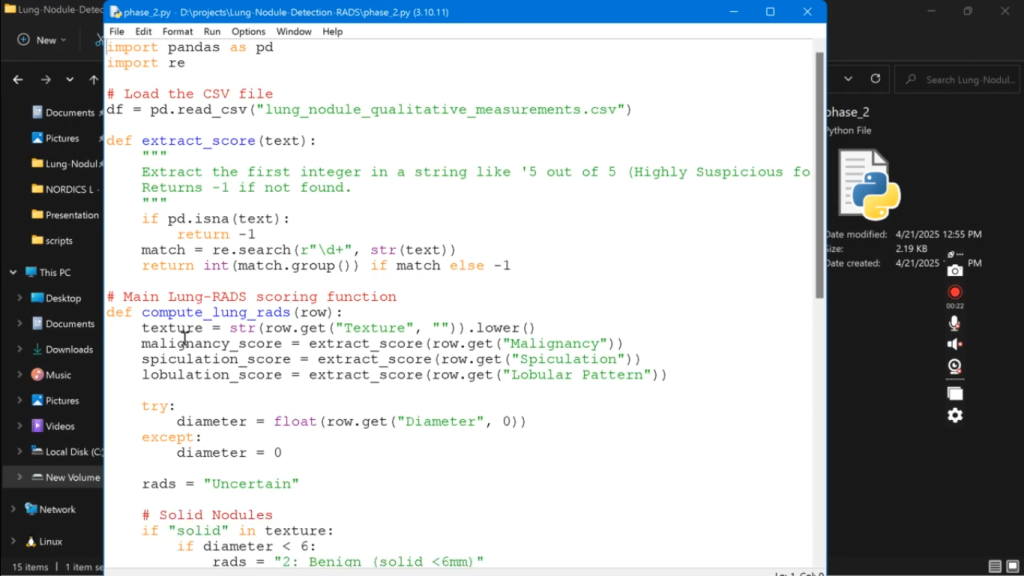
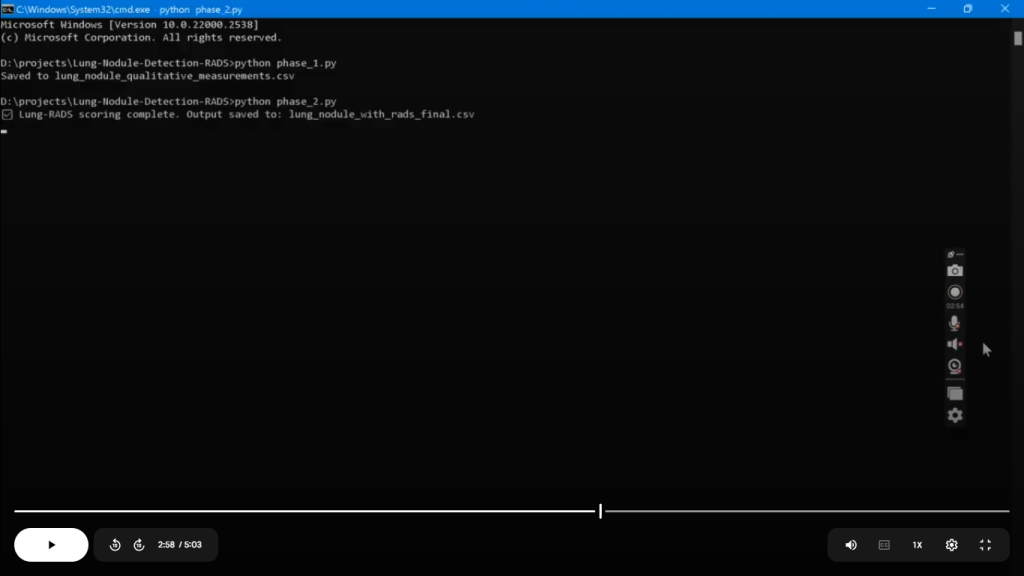
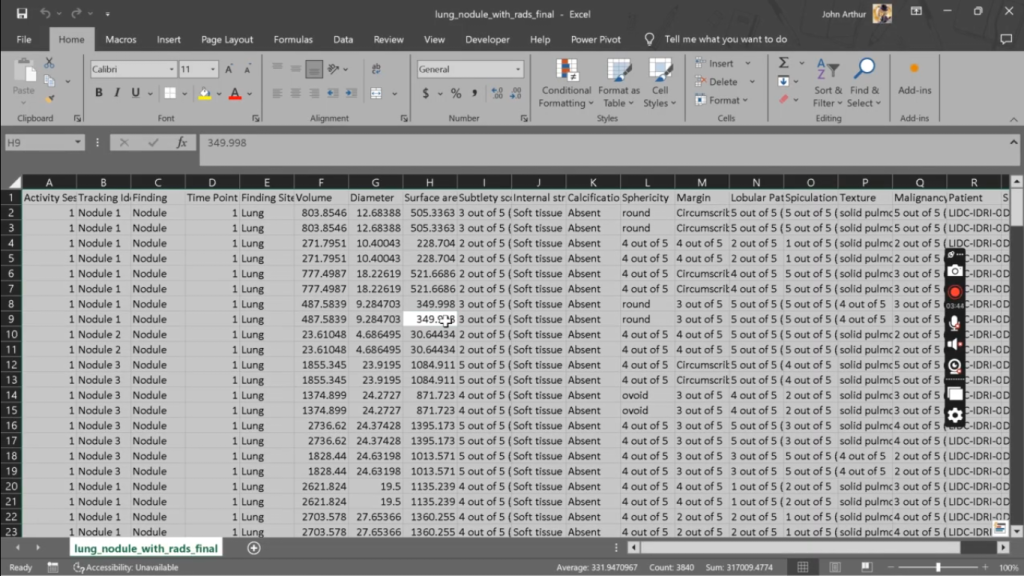
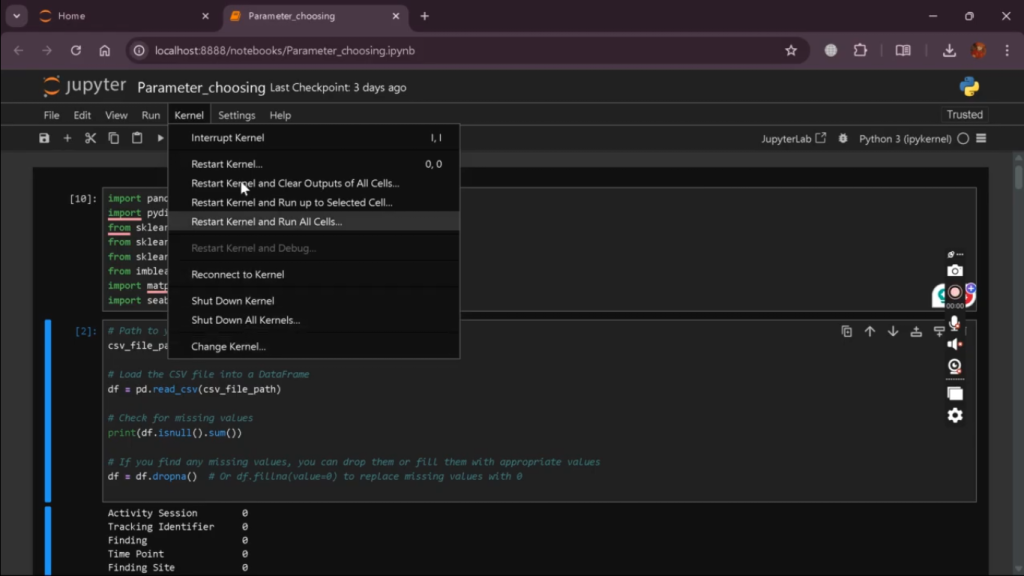
Students Name: John Arthur A, J. Sathish Kumar, Srivardhini. R.S
Lung cancer continues to be a leading cause of cancer-related mortality worldwide, predominantly due to its detection at later stages when therapeutic options are limited. Early and accurate identification of malignant pulmonary nodules can significantly improve patient outcomes. In this study, we present a computer-aided diagnostic (CAD) framework that utilizes computed tomography (CT) scan data in conjunction with structured radiological annotations to automatically detect and classify lung nodules. The proposed system is designed to assess malignancy and categorize nodules according to Lung-RADS guidelines. Our dataset comprises annotated CT scans from the LIDC-IDRI database, with radiomic and morphologic features such as volume, surface area, spiculation, and margin being extracted. These features were used to train a binary classifier for high versus low malignancy risk, achieving an Area under the Curve (AUC) score of 0.85. We also developed a suite of visual diagnostic tools, including ROC curves, confusion matrices, and boxplots, to provide interpretable insights into model performance. This study underscores the potential of CAD systems in supporting early lung cancer detection and aiding radiologists in decision-making.
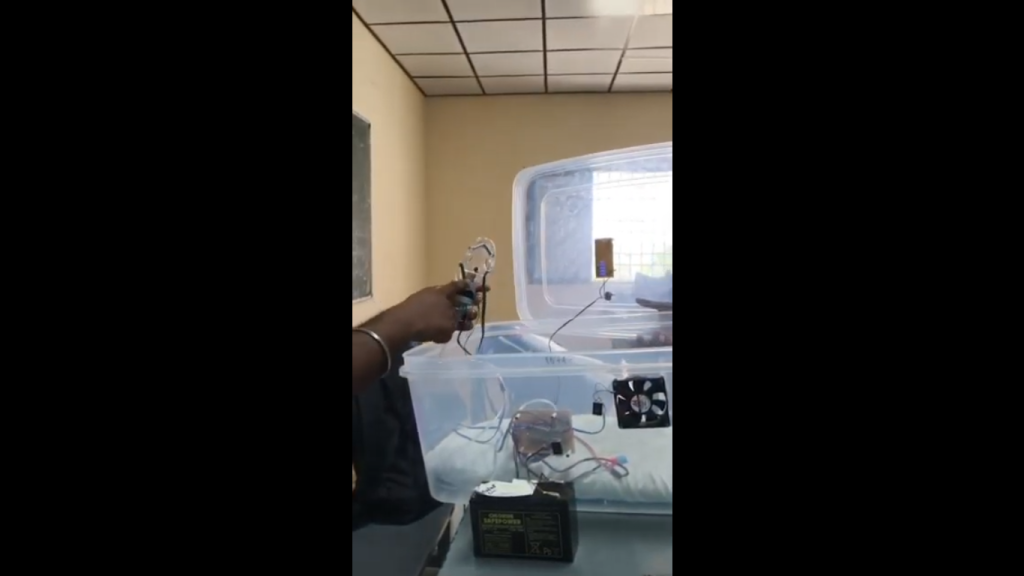
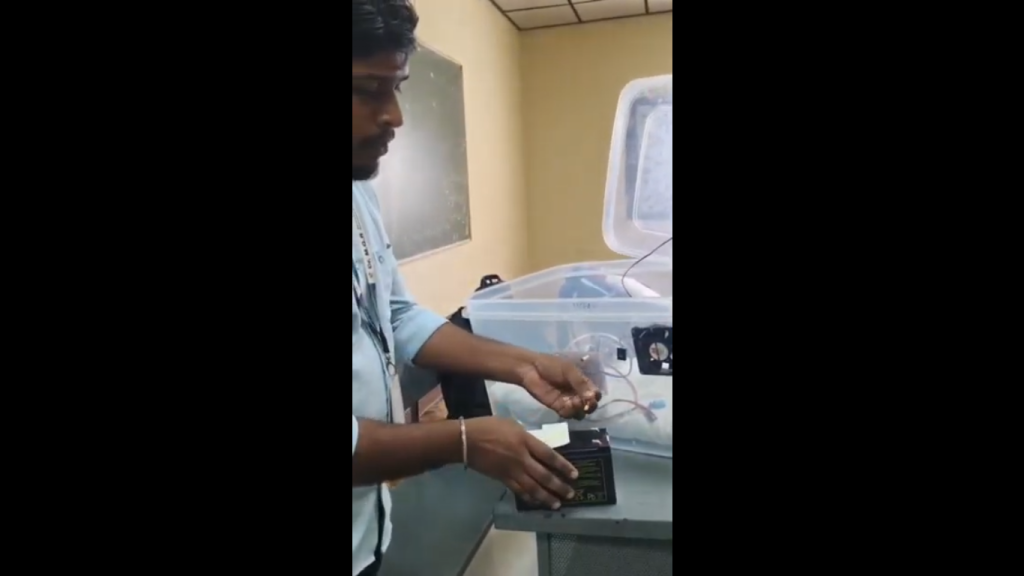
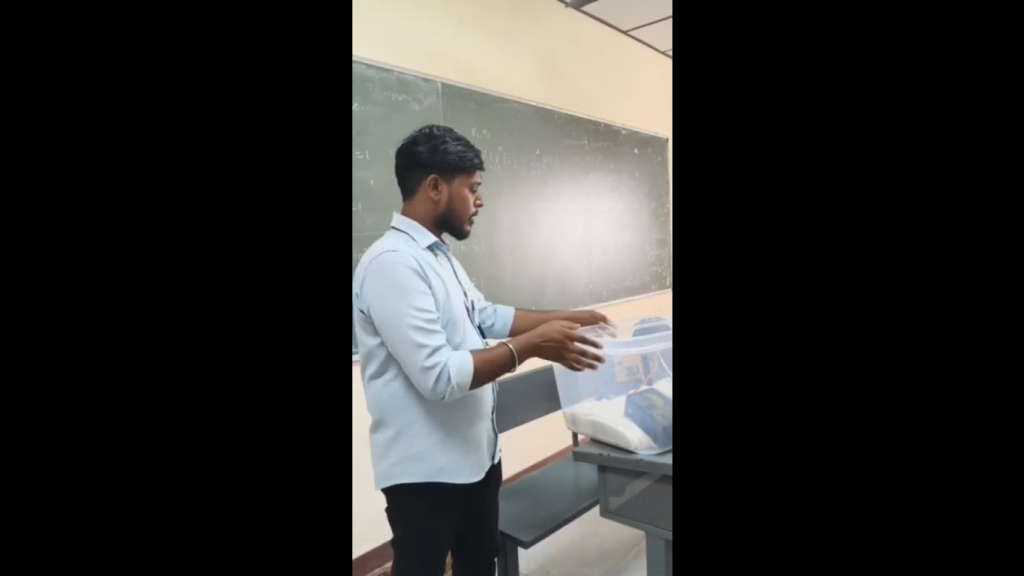
Student Name: S.Balaji, R.G.S.Hema, V.Karthikeyan, R. Selva
This project presents a portable infant incubator designed to provide a safe and stable environment for newborns, particularly in emergency or remote situations. The incubator maintains optimal temperature, humidity, and air quality conditions, ensuring the infant’s health and well-being. Its portable design enables easy transportation and deployment, making it an essential tool for healthcare professionals and emergency responders. The system is powered by a rechargeable battery, ensuring continuous operation during power outages or in areas with limited access to electricity.The portable infant incubator is designed for ease of use, with a user-friendly interface and clear displays for monitoring vital signs. Its compact size and lightweight design make it easy to transport, allowing healthcare professionals to provide critical care in a variety of settings. This project aims to improve healthcare outcomes for newborns in emergency or remote situations, where access to traditional incubators may be limited. The portable infant incubator has the potential to save lives and improve the quality of care for vulnerable newborns.
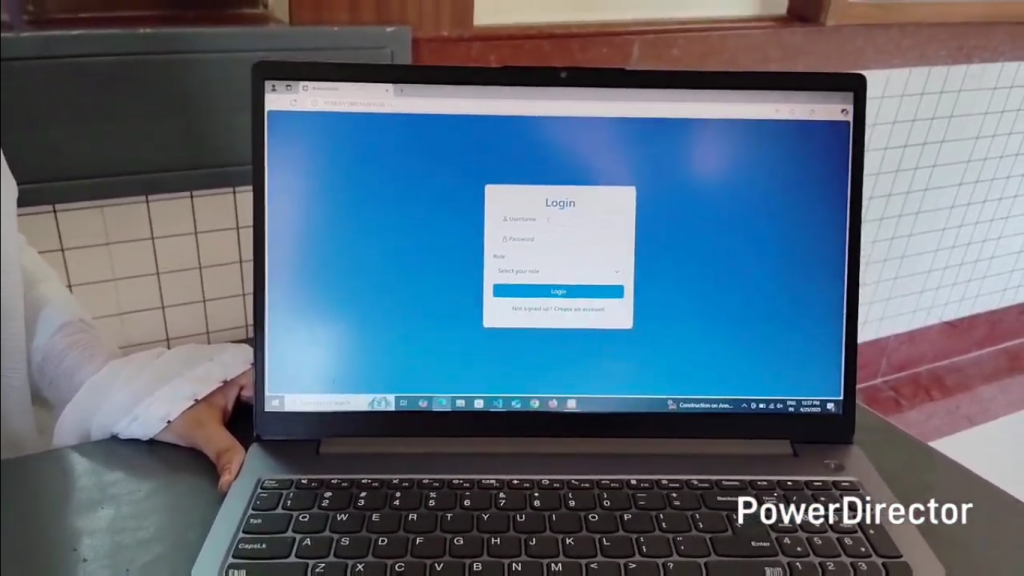
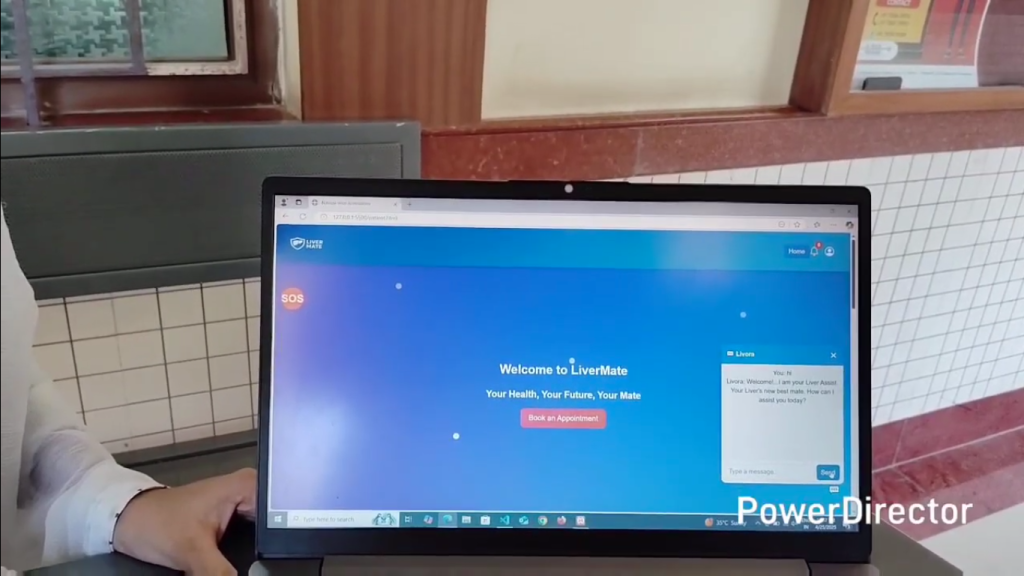
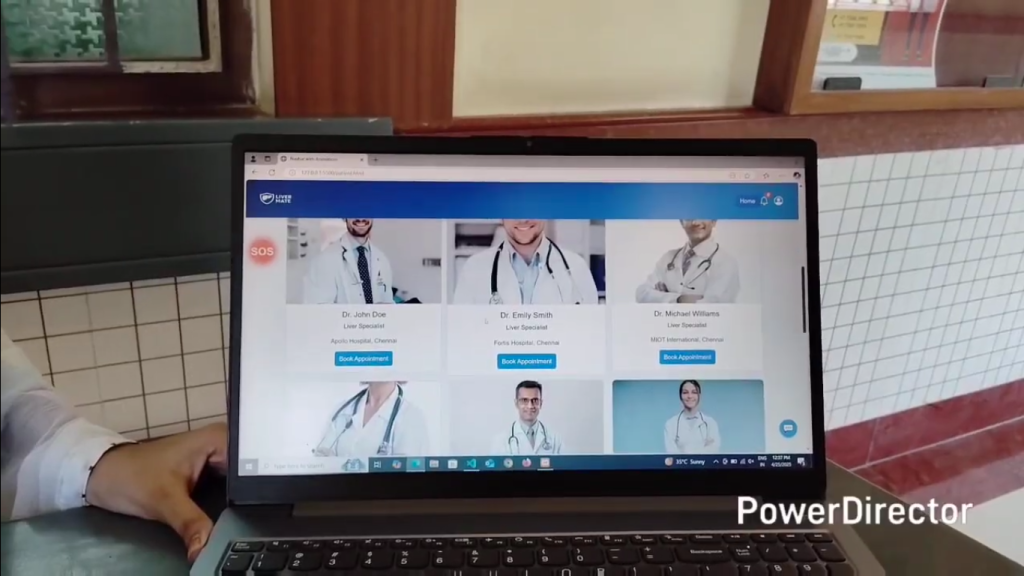
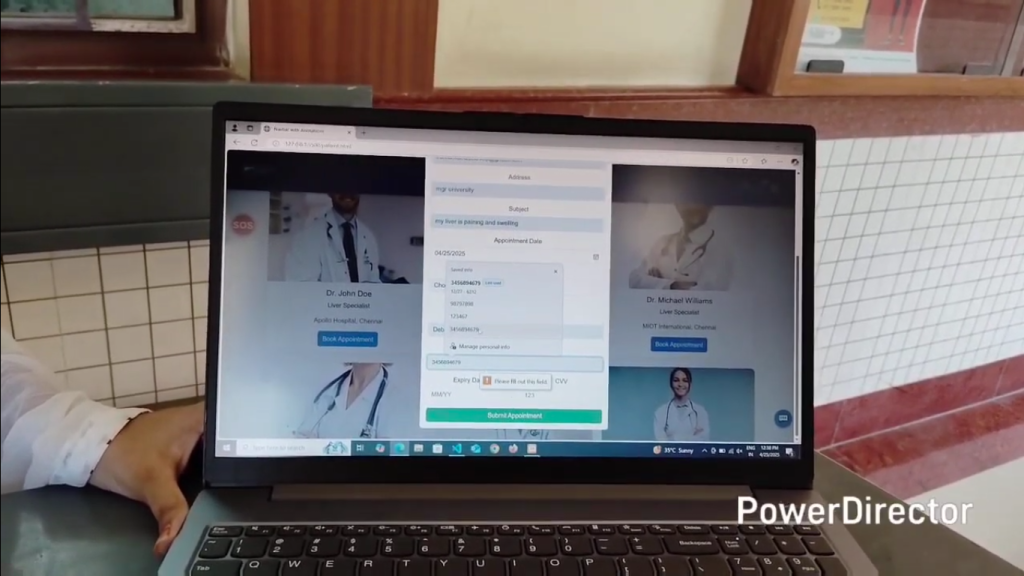
Students Name: A.R. Deeba, M. Ridha Fathima, M. Simran, S. Yamuna Sri
LiverMate is an android mobile application that works to track and advise the state of the liver health in people. It offers a new approach to the diagnostic and management of liver diseases that arise, such as fatty liver disease, hepatitis, cirrhosis etc..,. Our research investigates a mobile health solution using artificial intelligence technology to enhance liver disease supervision and medical care interaction. Being a two-tier application, here Patients and Doctors can create their own account by providing essential details in their respective UI. LiverMate app combines chatbot technology into its automated messaging system to create a convenient and efficient cost-effective solution. Livermate application provides automatic appointment notifications, medical test outcomes, health warning broadcasts (SOS) and specific doctor tools for treatment decision support. Our application engages patients using immediate personalized messages while utilizing patient needs to match them with doctors according to their reviews and location and availability. It also seeks to enhance accessibility to healthcare treatment for remote patients who need uninterrupted medical services by doctor matching service that matches physicians based on individual patient needs together with review, information, location and provides schedule availability. Instant and accurate patient query responses are achieved with the help of chatbot platform. Also we’ve integrated email technology to automatically send appointment notifications as well as test outcomes and health notification alerts. This application aims to foster patient participation through time-sensitive personal interactions. A doctor can access patient details from the doctor’s site through separate UI where doctors can register their professional credentials, and patients can securely share their medical history, enabling a more accurate and personalized treatment plan. LiverMate is ready for the framed role of a necessary tool for patients and clinicians in the defined digital healthcare pathway of the liver disease management. The need for the proactive liver care management approach of the LiverMate makes it easier for users to regain control of their liver functionality, thus preventing the deterioration of the disease and encouraging a healthier lifestyle through constant monitoring.




























